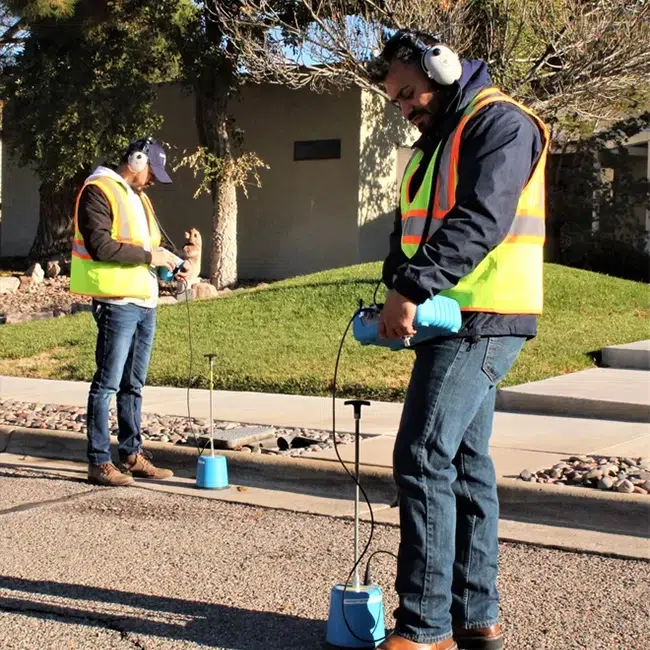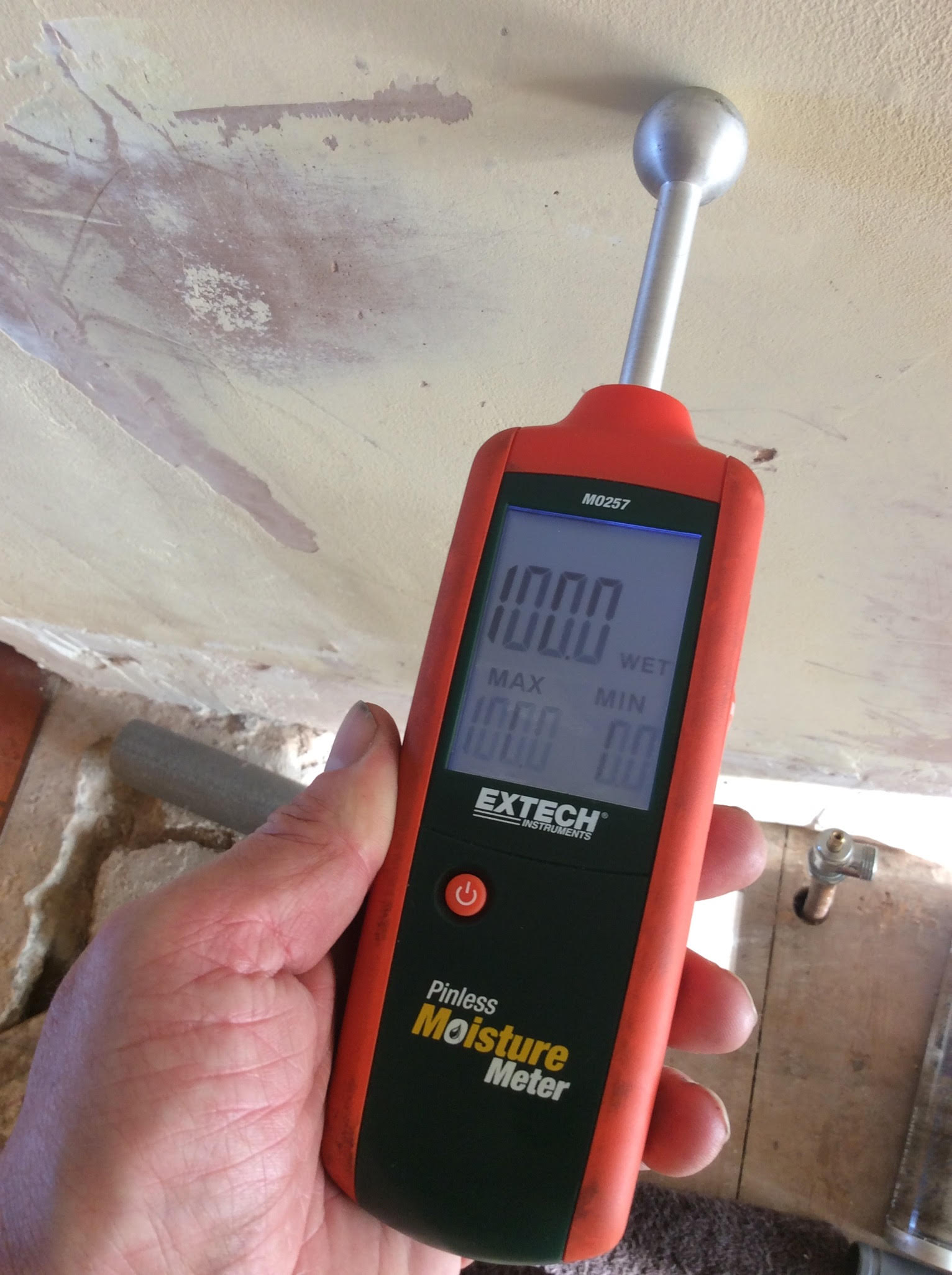The Value of Routine Water Leak Detection for Long-Term Home Defense
The Value of Routine Water Leak Detection for Long-Term Home Defense
Blog Article
Cutting-edge Solutions for Early Discovery of Water Leakages in Structures and Facilities
From innovative leakage detection technologies to the implementation of IoT sensors for real-time monitoring, the landscape of leak avoidance is progressing swiftly. Automated water circulation evaluation systems are reshaping exactly how leakages are recognized and attended to, paving the way for a positive technique to water leak detection.
Advanced Leakage Detection Technologies
Advanced leak discovery innovations, geared up with advanced sensing units and algorithms, play an important role in swiftly determining and determining water leaks in different settings. These modern technologies use a combination of acoustic, thermal, and electromagnetic noticing techniques to discover leaks properly. Acoustic sensors find the noise of getting away water, allowing for specific localization of the leak source. Thermal imaging identifies temperature adjustments created by water leakage, offering an additional effective method for leak identification. Electromagnetic sensors can determine adjustments in electro-magnetic areas created by water, supplying yet another layer of leakage detection capability.

IoT Sensors for Real-Time Tracking
In the realm of contemporary water leakage discovery, the integration of IoT sensing units for real-time monitoring represents a crucial innovation in improving aggressive leak detection capacities. These sensors offer continuous surveillance of water systems, supplying real-time data on water flow rates, pressure variants, and temperature level modifications. By leveraging IoT innovation, these sensing units can find also the tiniest abnormalities in water use patterns, enabling very early recognition of prospective leaks before they intensify into significant issues.
IoT sensors send information to a central platform, where sophisticated formulas evaluate the details and create notifies or notifications when irregularities are discovered. This real-time surveillance capability enables residential property proprietors or center managers to promptly attend to leaks, decreasing water damage, decreasing fixing prices, and preserving water sources.
In addition, IoT sensing units can be incorporated with structure management systems, enabling computerized reactions to discovered leaks, such as closing off water valves or turning on pumps to alleviate the effect of leakages. Overall, the implementation of IoT sensors for real-time tracking considerably boosts the efficiency and efficiency of water leak discovery in buildings and framework.
Device Understanding Algorithms for Leak Prediction

One key Click This Link benefit of utilizing artificial intelligence for leakage forecast is its ability to constantly learn and boost its precision with time. As even more data is gathered and fed right into the algorithm, it can refine its forecasts and adjust to changing problems, eventually raising the reliability of leakage detection systems.
Furthermore, artificial intelligence formulas can aid in identifying subtle signs of leaks that may go unnoticed by standard monitoring approaches. water leak detection. By assessing intricate information collections in real-time, these formulas can offer very early warnings and signals, permitting for punctual treatment and preventive maintenance to minimize prospective water damages and associated costs
Utilizing Thermal Imaging for Leakage Discovery
Thermal imaging modern technology offers a promising method for spotting water leakages in different systems Click This Link and frameworks. By using infrared radiation and temperature differences, thermal imaging video cameras can determine hidden leaks that are not conveniently visible to the naked eye.
One of the crucial advantages of thermal imaging for leakage discovery is its non-intrusive nature. Overall, the use of thermal imaging innovation enhances the effectiveness and precision of water leak detection, making it a valuable tool for preserving the honesty of buildings and infrastructures.
Automated Water Circulation Analysis Solutions
How can automated water flow evaluation systems reinvent the detection and monitoring of leakages in numerous systems and infrastructures? Automated water circulation analysis systems use a proactive method to leakage detection by continuously keeping an eye on water circulation rates and patterns. By establishing standard information, these systems can swiftly recognize discrepancies that may show a leakage, making it possible for timely treatment to prevent comprehensive damages.
These systems utilize advanced algorithms to examine real-time data and give prompt notifies when abnormalities are identified, enabling swift activity to be taken. Additionally, computerized water flow evaluation systems can be incorporated with structure management systems or IoT systems, improving overall performance and allowing remote tracking abilities.
Furthermore, the information collected by these systems can be utilized for anticipating maintenance functions, helping to recognize possible powerlessness in the framework prior to leakages happen. Overall, the execution of automated water circulation analysis systems can dramatically boost leakage detection and administration techniques, ultimately leading to cost savings, lowered water wastage, and raised sustainability in buildings and framework.

Final Thought
To conclude, the integration of sophisticated leakage detection innovations, IoT sensing units, artificial intelligence formulas, thermal imaging, and computerized water flow evaluation systems uses innovative options for early detection of water leaks in structures and infrastructure. These innovations make it possible for real-time tracking, prediction of leakages, and efficient detection approaches to protect against water damages and waste. Implementing these services can help in maintaining the stability and browse around here sustainability of water supply in various setups.
Report this page